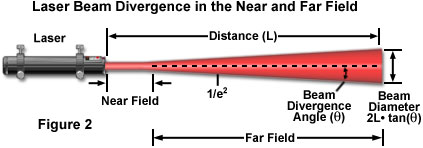21
Flat Earth Theory / Re: How does a Full Moon appear Full for everyone?
« on: May 03, 2016, 02:12:22 PM »I heard this reason befor that "the moon is very far away". This means nothing. Because if it far away is not important for us because we're looking the "angle from earth". If the angle is 45 degrees then is it far away or close to us means same: It is at 45 degrees angle.
Well, you don't understand how trigonometry works. One's distance relative to the moon due to the rotation of the earth doesn't matter because the distance from one side of the earth to the other is negligible compared to the distance to the moon. From any observer on the night side of the earth, you are not seeing the moon from a different angle(it's not visible, it's like a 6 minute change) that's why the percent of the moon illuminated is the same for every city. Also, on a flat earth, that percentage would change throughout the night, so you don't make a strong point for your case.
Anyway.
Look these cities for what i'll say.
http://www.timeanddate.com/astronomy/turkey/istanbul
http://www.timeanddate.com/astronomy/uk/london
http://www.timeanddate.com/astronomy/usa/los-angeles
http://www.timeanddate.com/astronomy/japan/tokyo
http://www.timeanddate.com/astronomy/china/beijing
http://www.timeanddate.com/astronomy/australia/sydney
http://www.timeanddate.com/astronomy/south-africa/cape-town
http://www.timeanddate.com/astronomy/chile/chillan
Now i'm doing a table take care here:
CITY NAME / SUN ALTITUDE / MOON PERCENT ILLUMINATED
Istanbul 43 ° 17.5%
London 21° 17.5%
Los Angeles -47° 17.5%
Tokyo 30° 17.5%
Beijing 47° 17.5%
Sydney 2° 17.5%
Cape Town 17° 17.5%
Chillán (Chile) -54° 17.6%
You are saying that sun altitude is continuesly changing but moon percent illuminated continuesly same. You done a modelling to prove this. We are talking about a 3d world and everything is big and far away. So this impossible to think the system how perfect that you drawn.
The positions of the moon and sun relative to each other are not changing significantly. The earth is just rotating, that's why it seems to "change altitude. I hope you begin to understand that soon.
should I believe any of this bullshit?
Yes!
You are drawing this. Yes it is full moon but the earth and moon are rotating so the angle of the sunlight coming is continuesly changing a different way. How is it continue to see it full moon? It is impossible. Don't defend these nonsences.
This hurts to read. The moon rotates at the almost same speed it goes around the earth (Most likely due to the fact that it came from the earth, and therefore has an opposite, equal spin) so we primarily see the same side, with a little wobbling. How does the rotation of the earth or the moon have anything to do with the light shining on the moon anyway? That would depend on the revolutionary position. Also, yeah the moon is constantly moving around the earth, but it's moving very slowly, so you wouldn't detect any change in the phase of the moon in one night. Think about it like this, you have two spheres, you paint one half of one and put it on the ground. You put a dot on a point on the other one. Put the one with a dot on the ground far away from the other and turn it. The ball you are turning won't affect the "phase" of the other one, it will appear the same regardless of the rotation.


